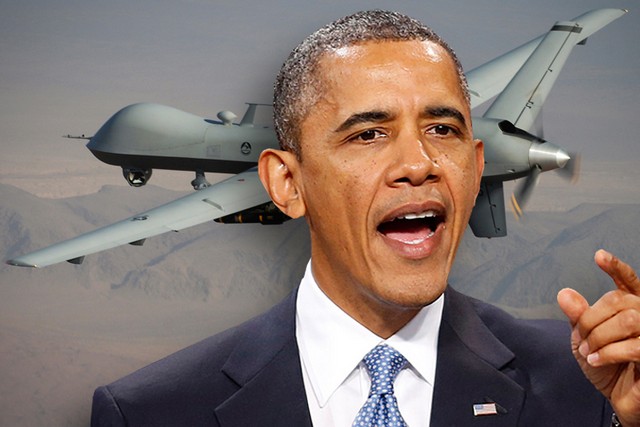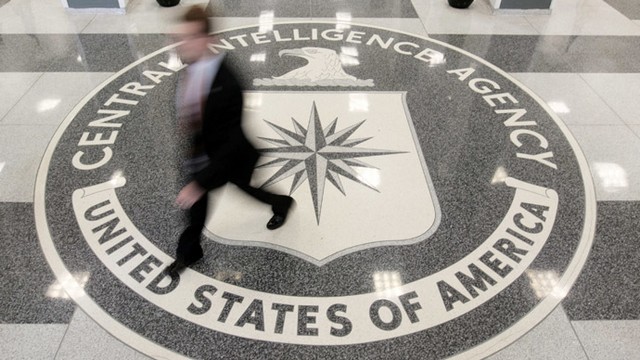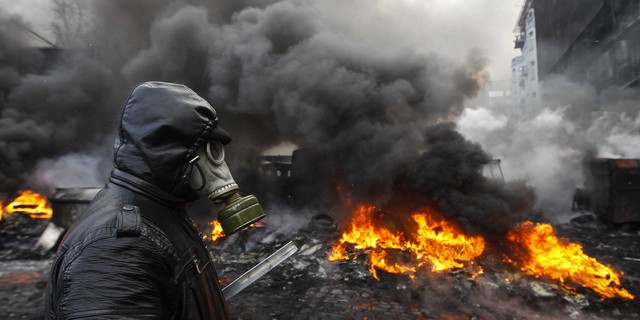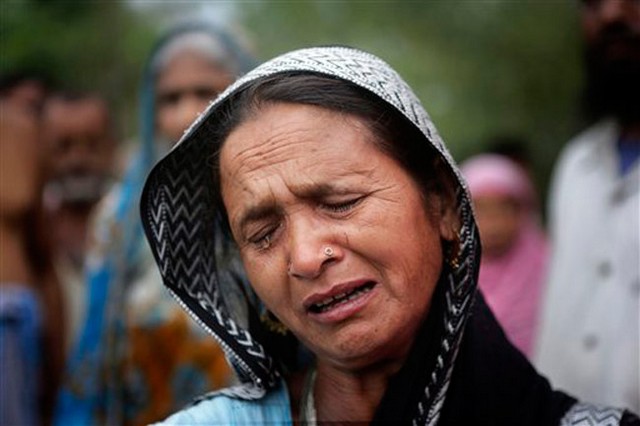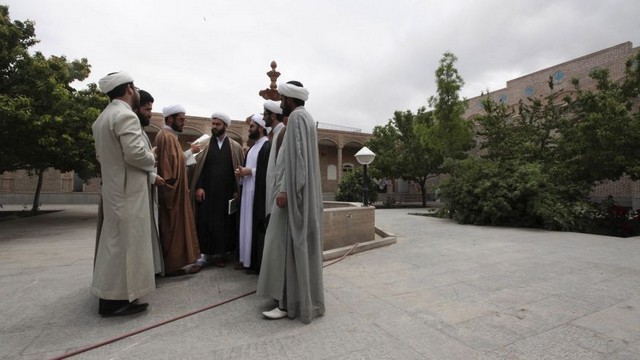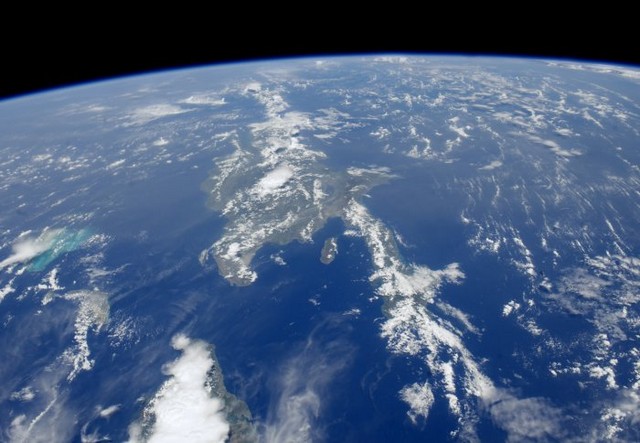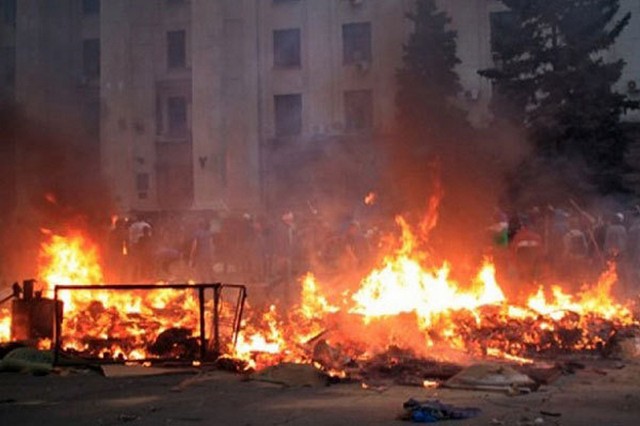By John Scales Avery
Many traditional agricultural societies have an ethical code that requires them to preserve the fertility of the land for future generations. This recognition of a duty towards the distant future is in strong contrast to the shortsightedness of modern economists. For example, John Maynard Keynes has been quoted as saying “In the long run, we will all be dead”, meaning that we need not look that far ahead. By contrast, members of traditional societies recognize that their duties extend far into the distant future, since their descendants will still be alive.
Here is an ethical principle of the Native Americans: “Treat the earth well. It was not given to you by your parents. It was loaned to you by your children.” They also say: “We must protect the forests for our children, grandchildren, and children yet to be born. We must protect the forests for those who cannot speak for themselves, such as the birds, animals, fish and trees.”
Here is a quotation form “The Land of the Spotted Eagle” by the Lakota chief Standing Bear (ca. 1834-1908): “The Lakota was a true lover of Nature. He loved the earth and all things of the earth… From Waken Tanka (the Great Spirit) there came a great unifying life force that flowered in and through all things: the flowers of the plains, blowing winds, rocks, trees, birds, animals, and was the same force that had been breathed into the first man. Thus all things were kindred and were brought together by the same Great Mystery.”
In some parts of Africa, a man who plans to cut down a tree offers a prayer of apology, telling the tree why necessity has forced him to harm it. This preindustrial attitude is something from which industrialized countries could learn. In industrial societies, land “belongs” to someone, and the owner has the “right” to ruin the land or to kill the communities of creatures living on it, if this happens to give some economic advantage, in much the same way that a Roman slave-owner was thought to have the “right” to kill his slaves. Preindustrial societies have a much less rapacious and much more custodial attitude towards the land and towards its non-human inhabitants.
Buddhists recognize the unity of all life on earth, and the duty of humans to protect all living things. They also recognize our duty to future generations.
On April 22, 2010, the World People’s Conference on Climate Change and the Rights of Mother Earth in Cochabamba, Bolivia, adopted a Universal Declaration of the Rights of Mother Earth. Here is a link: http://therightsofnature.org/universal-declaration/ Contrast this expression of the deep ethical convictions of the world’s people with the cynical, money-centered results of various intergovernmental conferences on climate change!
Our economic system is built on the premise that individuals act out of self-interest, and as things are today, they do so with a vengeance.There is no place in the system for thoughts about the environment and the long-term future. All that matters is the bottom line. The machine moves on relentlessly, exhausting non-renewable resources, turning fertile land into deserts, driving animal species into extinction, felling the last of the world’s tropical rainforests, pumping greenhousue gasses into the atmosphere, and sponsoring TV programs that deny the reality of climate change, or other programs that extol the concept of never-ending industrial growth. But the economists, bankers, bribed politicians and corporation chiefs who destroy the earth today, are destroying the future for their own children, grandchildren and great-grandchildren. Does it make sense for them to saw off the branch on which they, like all of us, are sitting?
Recently an extremely grave danger to the long-term future of human civilization and the biosphere has become clear. The latest observations show that Arctic sea ice is melting far faster than was predicted by the IPCC. It now seems likely that the September Arctic sea ice will vanish by as early as 2016 or 2017. It will, of course, refreeze in the winters, but its average total mass will continue to rapidly decrease.
The rapid and non-linear vanishing of Arctic sea ice is due to a feedback loop involving albido, i.e the high reflectivity of white ice compared with dark sea water which absorbs most of the radiation that falls onto it. As Arctic sea ice disappears more radiation is absorbed, the Arctic temperature rises still further, still more ice melts, and so on in a vicious circle.
At present Arctic temperatures are roughly 4 degrees C higher than preindustrial levels, and this has led to increasingly rapid melting of the Greenland ice cap. It is now observed that during the summers, lakes of melted water form on the surface of the Greenland inland ice. These lakes feed rivers that run for some distance along the surface of the ice cap, but which ultimately fall through fissures to the bottom of the sheet, where they lubricate its flow. Through this mechanism, the Greenland ice cap is flowing more quickly and calving into massive icebergs much more rapidly than climate scientists expected.
Complete melting of the Greenland ice cap would raise ocean levels by 7 meters. Antarctic sea ice is also breaking up much more rapidly than expected. When it is totally gone, the disappearance of Antarctic sea ice would add another 7 meters to ocean levels, making a total of 14 meters. It is hard to predict how soon this will happen, but certainly within 1-3 centuries.
However, by far the most worrying threat to our long-term future comes from the danger of an out-of-control and exponentially accelerating feedback loop involving methane hydrates. When rivers carry organic matter into the ocean, it decays, forming methane, a powerful greenhouse gas. At the temperatuures and pressures currently prevaling on ocean floors, the methane combines with water molecules to form stable crystals called methane hydrates. The amount of carbon stored in methane hydrates is immense: roughly 10,000 gigatons. By comparison, the amount of carbon emitted by human activities since preindustrial times is only 337 gigatons.
Geologists have observed that life on earth has experienced 5 major extinction events, the largest of which was the Permian-Triasic event, when 96 percent of all marine species and 70 percent of all terrestrial vertebrates disappeared from the fossil record. Predictions based on current CO2 emission rates predict that early in the 22nd century, global temperature increases will have reached 6 degrees C, the temperature that is thought to have initiated the Permian-Triasic extinction event. These dangers are eloquently discussed in a short, important and clear video prepared by Thom Hartmann and his coworkers. It is available on www.lasthours.org
Must there be a human-initiated 6th geological extinction event? Is it inevitable that the long-term future will witness the disappearance of human civilization and most of the plants and animals that are alive today? No! Absolutely not! It is only inevitable if we persist in our greed and folly. It is only inevitable if we continue to value money more than nature. It is only inevitable if we are afraid to queustion the authority of corrupt politicians. It is only inevitable if we fail to cooperate globally. It is only inevitable if we fail to develop a new economic system with both a social conscience and an ecological concience.
We are living today in a time of acute crisis. We need to act with a sense of urgency never before experienced. We need to have great courage to meet an unprecedented challenge. We need to fulfil our duty to future generations
John Avery received a B.Sc. in theoretical physics from MIT and an M.Sc. from the University of Chicago.
11 May, 2014
Countercurrents.org



